Feeling Minnesota: “The Dance Scene”
mnartists.org and Minnesota Playlist are partnering up for a series of essays exploring the cultural quirks and aesthetic markers that distinguish Minnesota arts. Here, Lightsey Darst weighs in on the regional peculiarities in Minnesota dance.

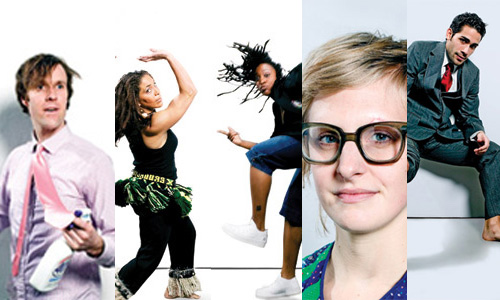
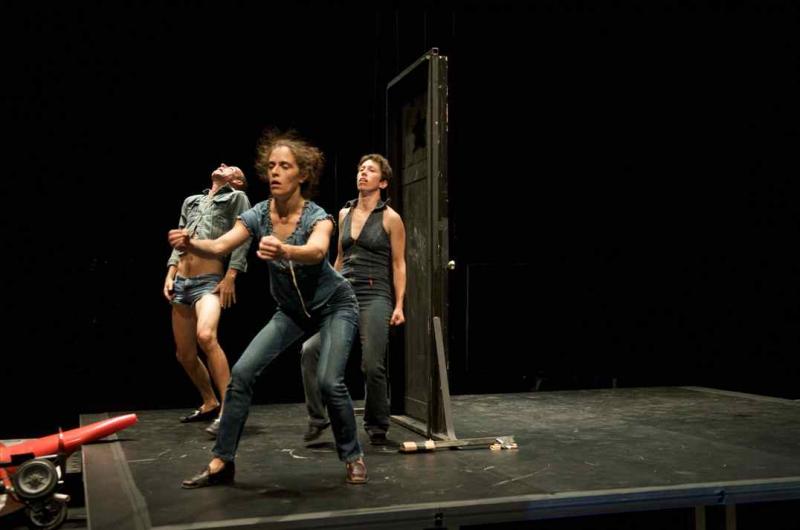
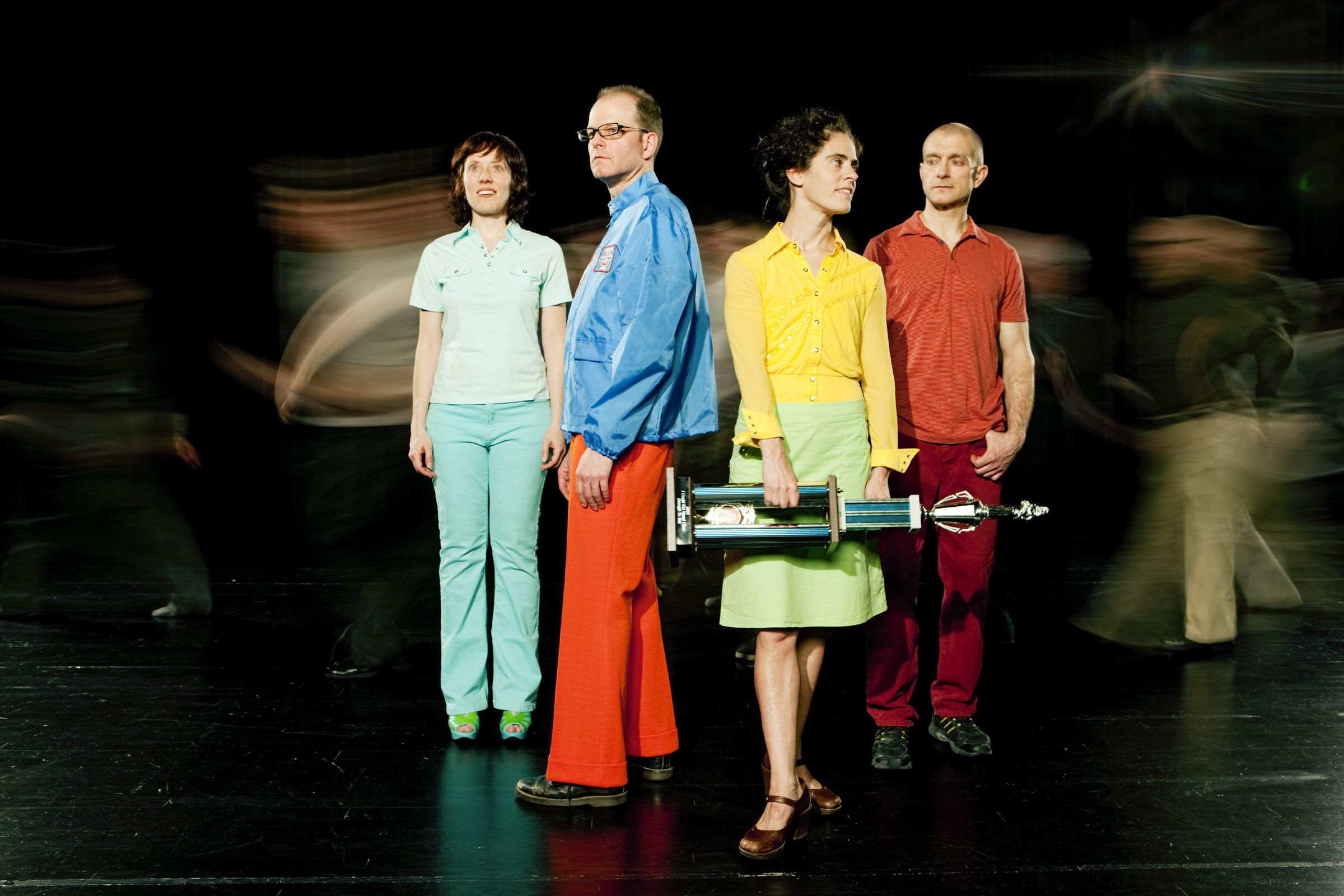
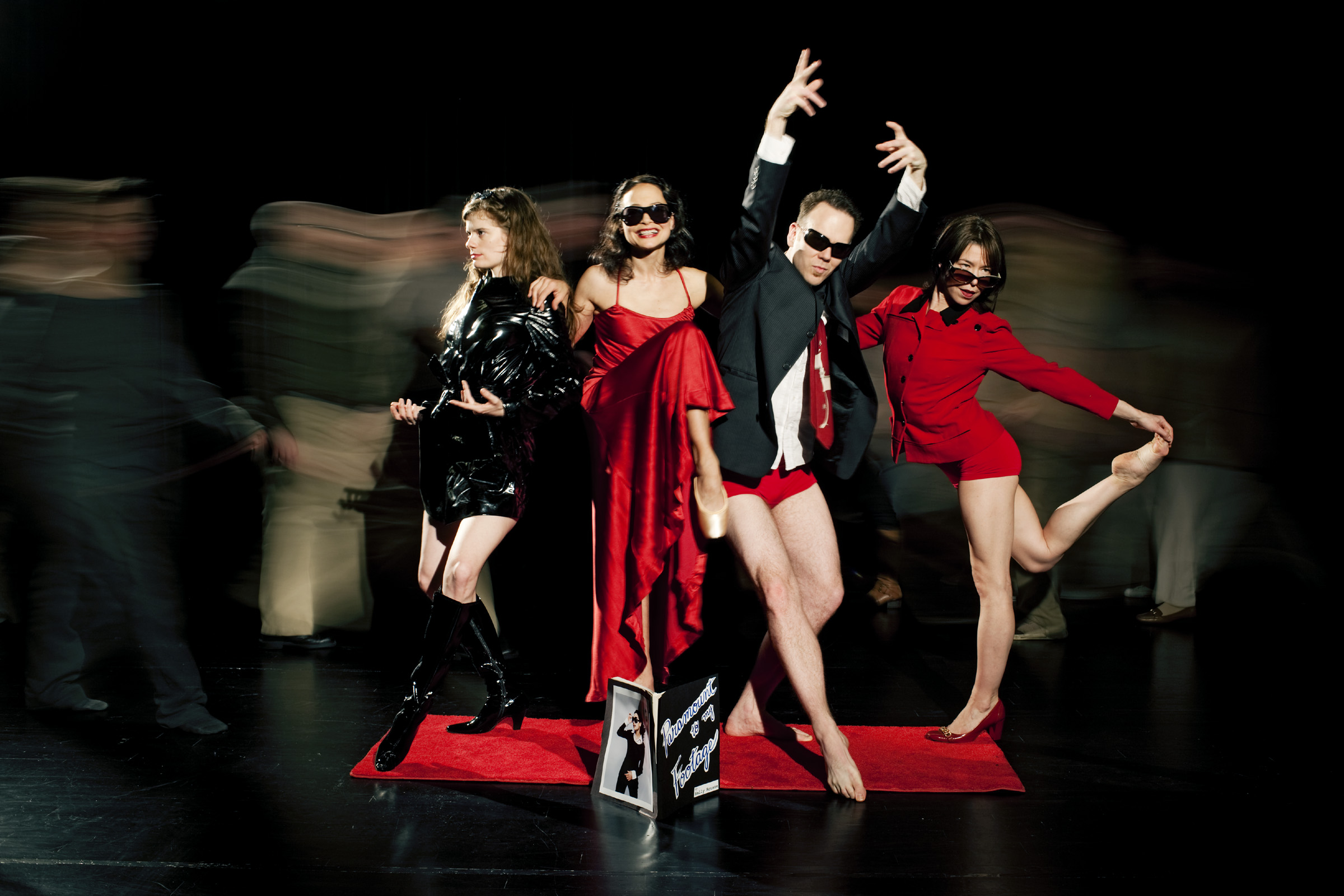
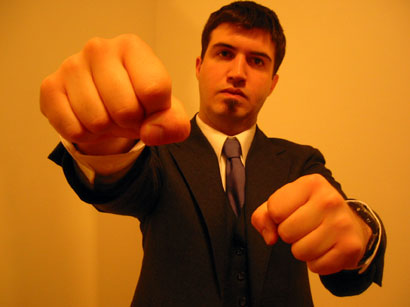
Lightsey Darst’s essay on the distinctive character of Minnesota dance is part of a series of topical articles,”Feeling Minnesota,” jointly published by mnartists.org and Minnesota Playlist, a site with “information and inspiration for Minnesota’s performing arts”.
IS THERE A “MINNESOTA STYLE” IN DANCE? Tough question. Why ask it in the first place — aside from the seasonal appropriateness or a little penitential/self-congratulatory/do-better-next-time navel-gazing?
Arwen Wilder, mulling over this question, mentions her first trip outside the US. If you’ve had the experience you know the story: cocky youngster, fancying she is a citizen of the world, learns just how American she is. “It’s useful to know yourself,” Wilder muses, “and your intentional and unintentional allegiances.”
Realizing that there is a Minnesota style might also allow us to be more open to artists who don’t fit the mold. Take Vanessa Voskuil. Her cinematic, expressionist work, with its poetic images (a woman’s hair pinned to a winter-ridden tree) and its universalist themes (the self and the world, love, the mass and the individual, bravery) was too lovely and apolitical for the po-mo crowd to grab onto, but not dancey enough for the modern scene to adopt it either. The result? Voskuil had to wait so long for her Momentum: New Dance Works show that, by the time it finally arrived last summer, there was nothing “emerging” about her work.
In fact, Voskuil was so discouraged, she nearly called it quits a few times before her Momentum. Who knows what else we’ve lost over the years — whether through a lack of understanding or a failure to explore a question we didn’t even know to ask? A bird’s-eye view every so often might be salutary. So, with help from some experts — Wilder and Kristin Van Loon of Hijack and dance writer/choreographer/all-around savvy lady Linda Shapiro — here goes.
(A caveat: the Minnesota style I’m addressing is really Twin Cities style, which is really Minneapolis style. You’ll need to look elsewhere to find out what they do in Bemidji.)
Four elements of style
Minnesota style, it turns out, has four main and interrelated elements. Let’s start with our institutions. All but a few dance scenes in the U.S. are dominated by one big player — most often, a civic ballet (Raleigh, Tulsa, etc). Our scene isn’t. Understanding why would require a boatload of history — Judith Brin Ingber founds Choreographers’ Evening in the 1970s, Minnesota Dance Theatre implodes, the Minnesota Dance Alliance aids choreographers, etc — but so it is. We have money for independent choreographers, we have performance platforms, and we have ample rehearsal space, all encouraging what Van Loon calls an “I’m going to make it up from scratch” attitude. Success here doesn’t equal founding a company; success is making something of your own.
On to our thematic elements. Political consciousness is one. Shapiro mentions that for a long time there’s been “much more interest in content than in formalism.” Blame Minnesota’s progressive heritage, blame the Midwestern fear of being caught thinking you’re special (a dance that explores some issues sounds so much more like an honest day’s work than a mere formal study!), blame MRAC or other do-gooder funders, but the tendency is deep-rooted — so much so that even an artist born to make beautiful movement feels compelled to address issues.
I’m thinking of Mathew Janczewski. That man can make lovely sweeps like nobody’s business, but what does he do for his big Walker commission in 2007? He plumbs the lurid depths of the internet dating scene — however little that fits his native talents.
Process is another big element. Process is political — how you make a thing leaves its traces on the thing — and this revelation has fascinated Minnesota artists to the point that sometimes the work itself feels like merely part of a larger arc. Work from New York can have a hard edge, as if, like polar explorers, the choreographers charted a territory to cross, trekked it, and planted the flag. But with a lot of Minneapolis work, there’s no such sense of target. We wander, we circle, we reconsider the concept of the compass rather than actually using it to get somewhere.
Like our individualism, our experimental bent is over-determined: the Walker’s edgy programming keeps opening our sense of the possible; the Red Eye Theatre, with its “critical core,” models feedback for young artists in their New Works 4 Weeks program; Laurie Van Wieren’s 9 x 22 dance salon encourages artists to show and also have something to say about works-in-progress. Whatever the causes, Minnesota dance likes to mull it over.
The last element is a deliberate lack of fashion. If a lot of dance, worldwide, is concerned with looking good, here “you’re not supposed to be too gorgeous,” Shapiro says. Our avoidance of the beautiful and hip can become, according to Van Loon, an “anti-fashion fashion.”
Anna Marie Shogren (now gone to New York), with her thick-rimmed black glasses and deer-in-the-headlights stare, is the very personification of uncool cool. This nerdy refusal of the slick world of advertising goes beyond looks to the dance itself: Shapiro references Mad King Thomas, with their “skewed Lake Wobegone” vibe, their “straight-forward, no-nonsense nonsense.”
All these tendencies are most evident in our postmodern/avant-garde/contemporary scene. But even in our modern dance scene, what Shapiro calls our “visceral romantics,” the same tendencies inhere. We’ve got a proliferation of choreographers: Janczewski, Carl Flink, Uri Sands, Stuart Pimsler, and so on. Their work is often informed by politics, and it shares the same emphasis on process: Carl Flink experiments with improvisation, Uri Sands shows works-in-progress. And even in dance that’s meant to be beautiful, with a passionate, space-grabbing flow, you still find the Minnesotan hominess. Dancer Laura Selle-Virtucio is a powerhouse, a virtuoso, but for all that, she’s no showboat. She’ll take your breath away, but she does it, Shapiro says, with “wholesomeness as opposed to glamour or hard-edged athleticism.”
Homey but not home-grown
You might predict these tendencies from a passing knowledge of Minneapolis and Minnesota (progressive, politically conscious but socially conservative), even if you’d never seen a single dance here. What’s funny is that despite some prominent bred-and-borns (Lise Houlton, James Sewell, Chris Schlichting, Toni Pierce-Sands, among others), our dance scene isn’t home grown. Van Loon, Wilder, Morgan Thorson, Karen Sherman, Sally Rousse, and many others hail from outside the state. So what explains the prevalence of Minnesotan values?
Van Loon reminds me that our Minnesota dance community is self-selected. In other words, if you choose Minneapolis, you’re “okay with hiding under a rock and really making your thing.” Face it, adoptive Minneapolitans: you really don’t mind beige. (Ouch, the truth hurts.)
Another element is a little harder to explain: the whiteness of our postmodern scene. If we were all Minnesota-born, this might make sense — let’s face it, this is a pretty white place — but we’re not, so what gives? We do have some non-white artists with postmodern leanings — Marcus Young, Pramila Vasudevan, Ananya Chatterjea, others –but they and white postmodernists rarely work together.
But they could, and I get the feeling they will soon; all it’ll take is one project, one person.
WHICH BRINGS UP A FINAL POINT: how fast our scene can change. Its essentials may be deep-rooted, but how those essentials are expressed is up to whoever’s here. Wilder and Van Loon can trace the dizzyingly various history of the past twenty years, all surprisingly dependent on individuals. Our dance scene is small enough that one newcomer, one Walker show, one alliance can shift our interests and styles.
So what else is coming next? I have faith that ballet is going to get more interesting — the planets are lining up. Watch for Voskuil’s spreading influence. And abstract dance, courtesy of recent New York transplants Justin Jones and Chris Yon, is on its way in. Abstract dance can mean content-free, but what Jones and Yon do is often charged with political consciousness. So it may look different and it is different — but it’s still part of our story.
________________________________________________________
About the author: Originally from Tallahassee, Lightsey Darst is a poet, dance writer, and adjunct instructor at various Twin Cities colleges. Her manuscript Find the Girl will be published by Coffee House Press in April 2010; she has also been awarded a 2007 NEA Fellowship. She hosts the writing salon, “The Works.”